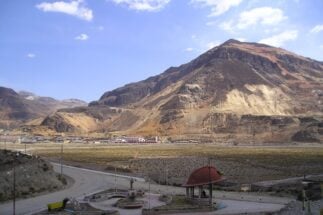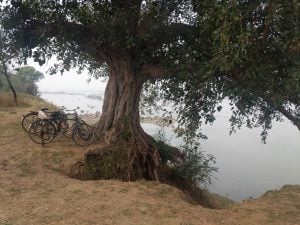A few kilometres from Dagapela, a town in the district of Dagana in south-west Bhutan, stand two attractive traditional houses. The houses, which face each other, are in good condition and are big enough to comfortably accommodate a family of 7-10.
But their windows are covered in thick dust: neither have been lived in for years.
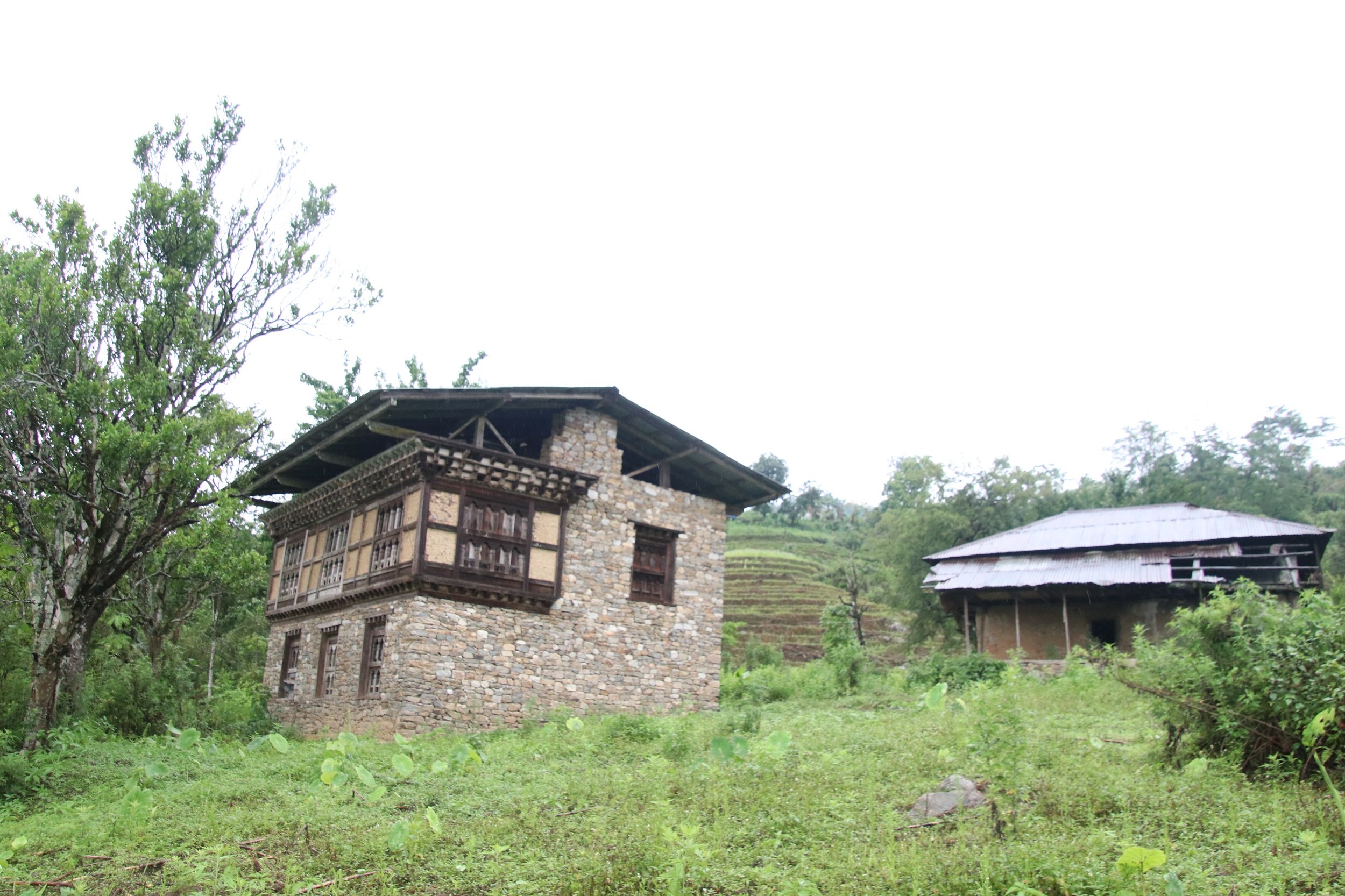
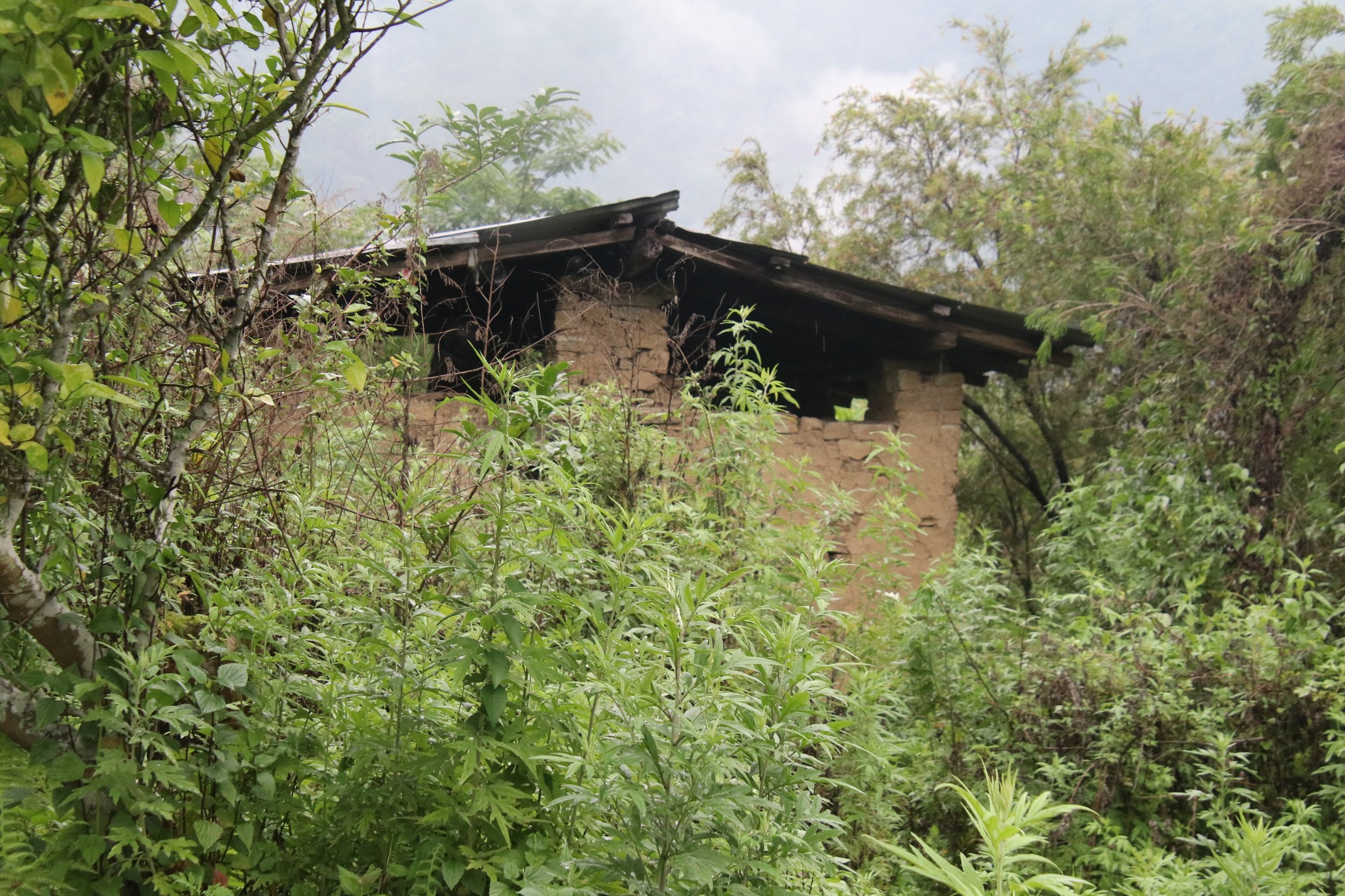
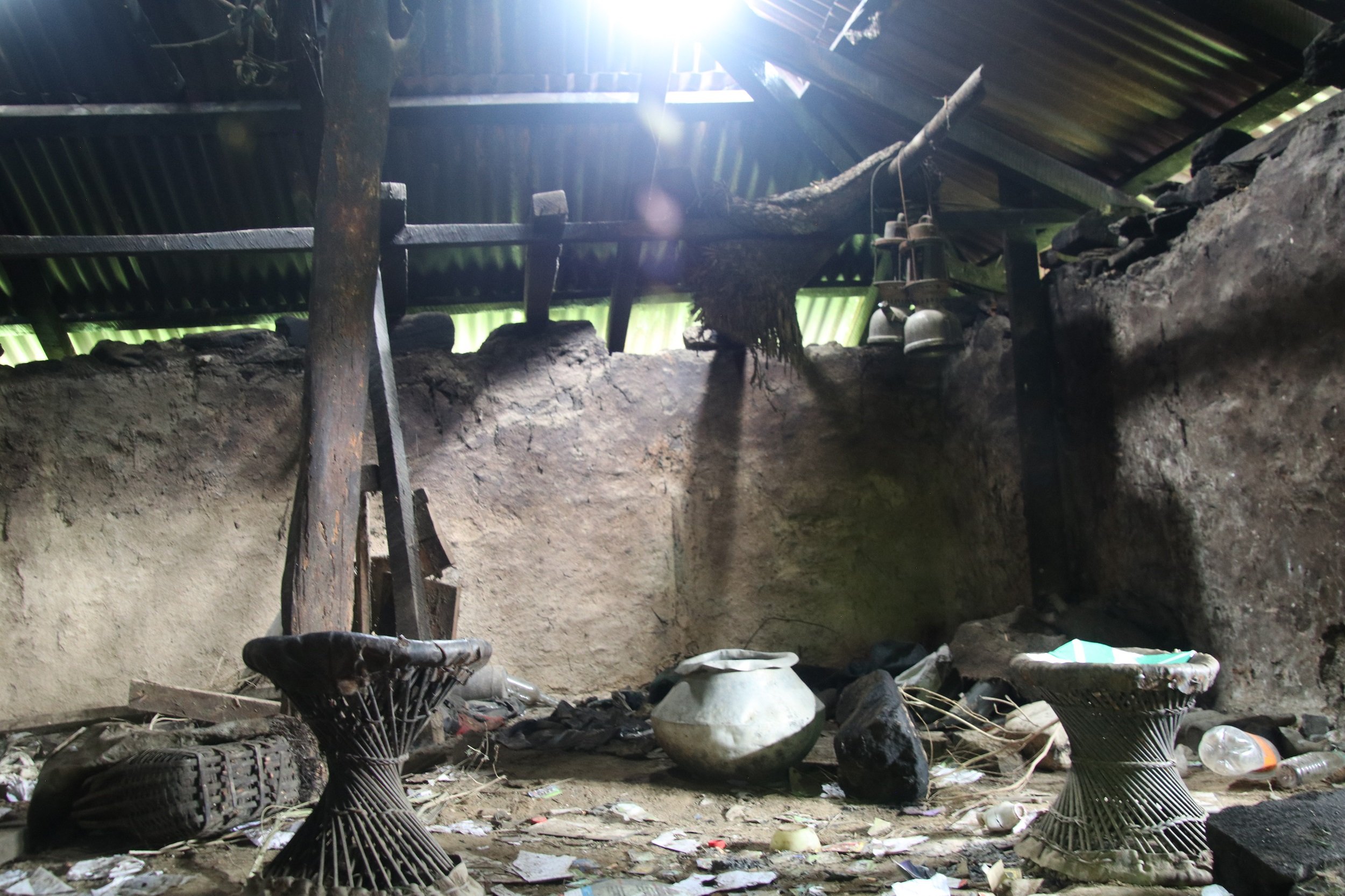
Tawla’s community is Tshangkha gewog (a group of villages). With 64 houses empty out of 489, the gewog has one of the highest numbers of gungtongs in the district.
Gungtongs in Bhutan’s remote rural villages are the physical manifestation of rapid urbanisation. Since the 1960s, according to the 2017 census, 21.7% of the rural population has moved to urban areas. The 2017 census put the number of empty houses across the country at around 4,800.
With more than 1,400 empty houses, the district of Trashigang in eastern Bhutan has the highest number of gungtongs. Many other districts, including Tsirang, Trashi Yangtse, Lhuntse, Mongar and Zhemgang have similar issues, according to the Gross National Happiness Commission, a government organisation mandated to promote development with values.
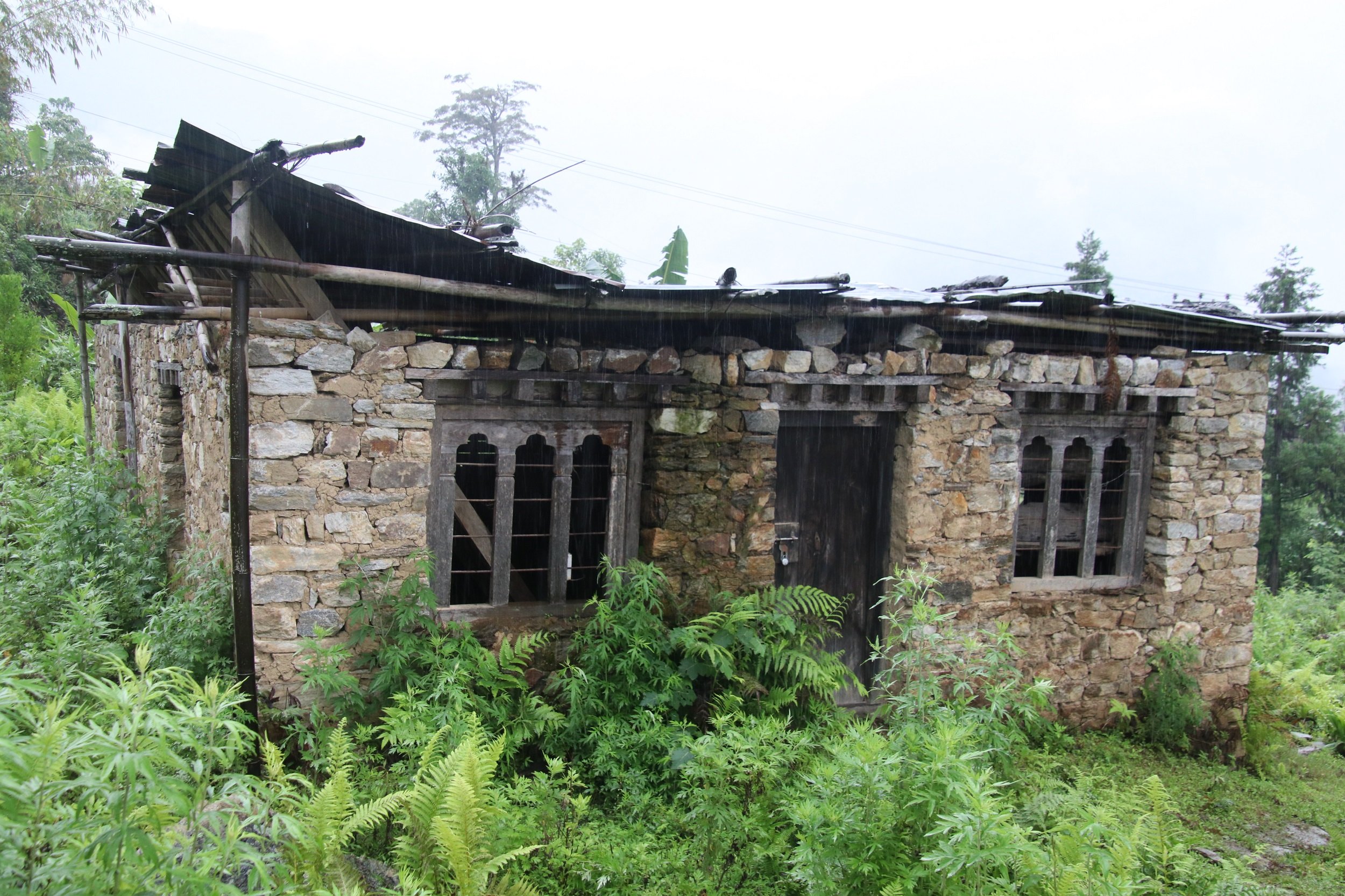
Between 2005 and 2017, Bhutan’s urban population increased from 30.9% to 37.8%. The 2019 National Housing Policy projects this will grow to 56.8% by 2047. As the urban population grows, so too will the number of empty houses in rural villages.
Rural poverty drives gungtongs
Rural poverty is one of the main causes of out-migration, said Jamtsho, the officer from Dagana. It is exacerbated by the fact that a lot of land is unsuitable for agriculture, due to steep slopes and lack of irrigation. What crops farmers are able to grow are often pillaged by wild boars, bears, deer and monkeys, he said.
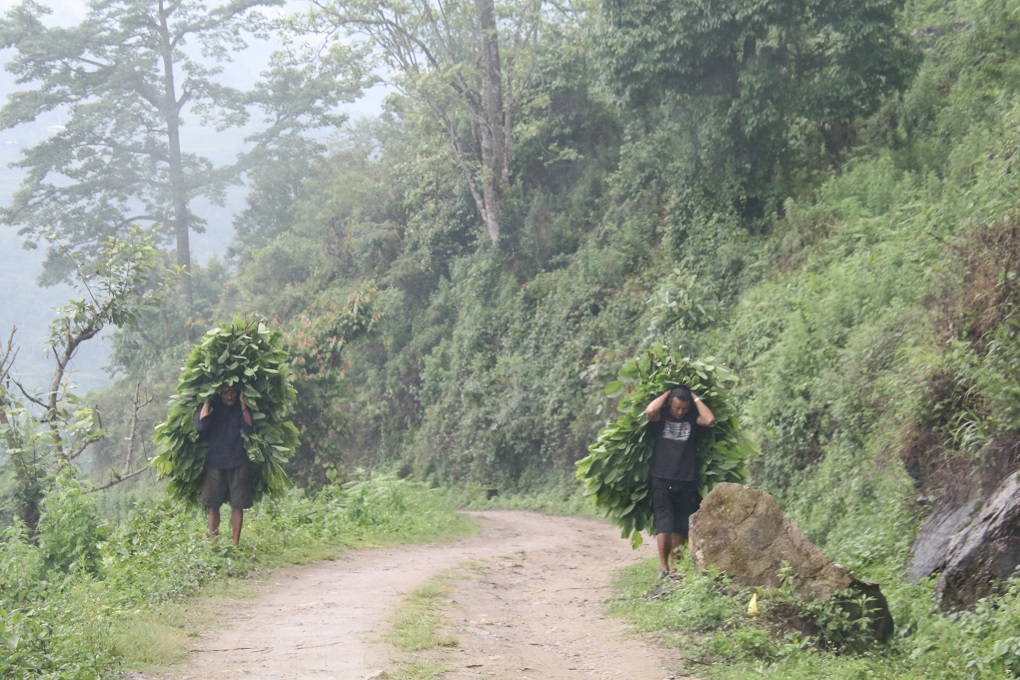
Jamtsho said people also move away because of a lack of infrastructure such as roads, poor access to drinking water and electricity, a shortage of employment opportunities, and family members securing job in towns and cities. In some cases, elderly parents are left behind; when they die, their houses become gungtongs.
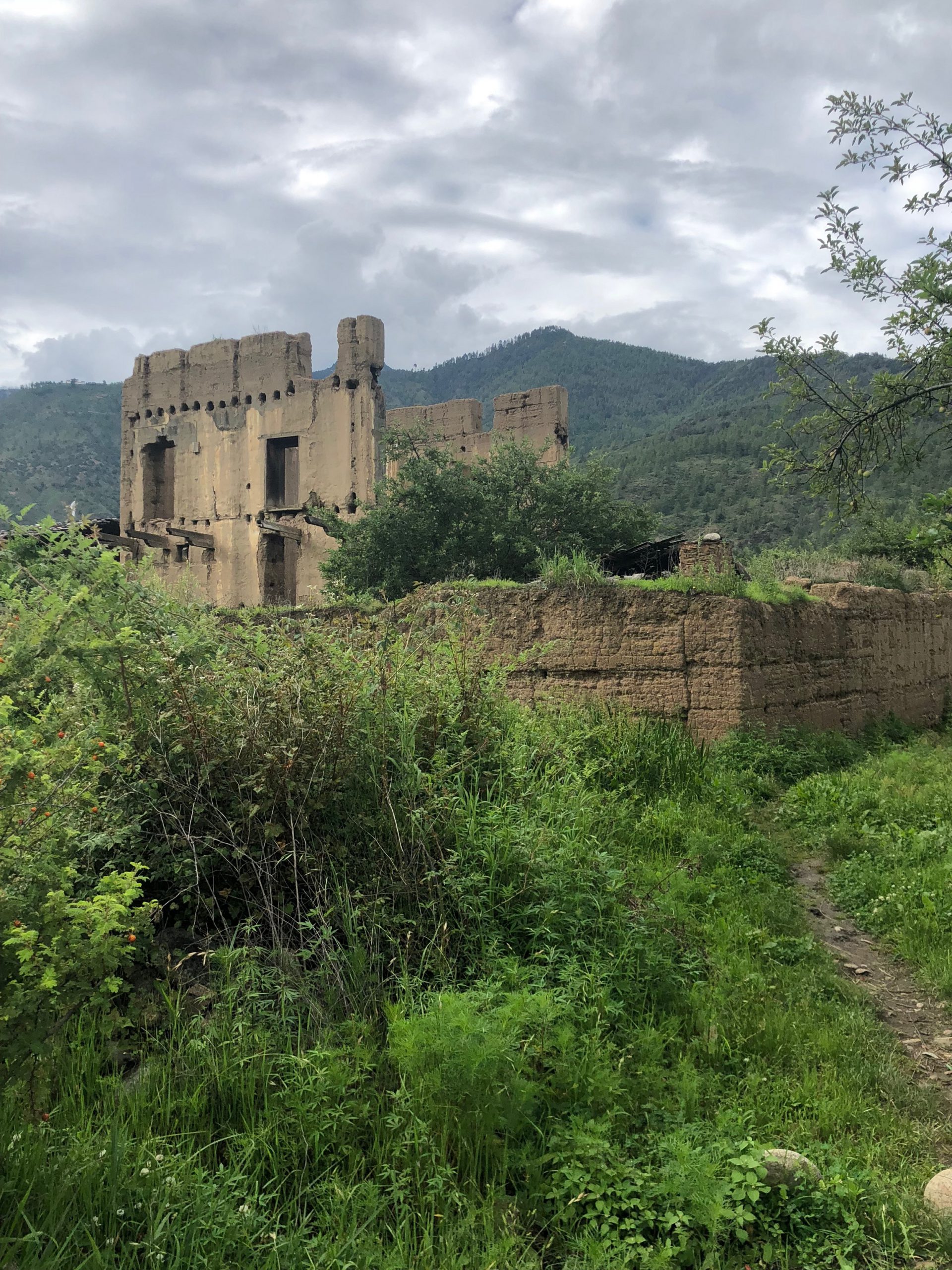
Increased wildlife conflict
Pema Chodup, a local leader of Kengkhar gewog in Mongar in eastern Bhutan, said gungtongs lead to labour shortages in communities, resulting in fields being left untilled. This in turn intensifies human-wildlife conflict, he said, as fallow land becomes overgrown with bushes and encourages wild animals.
Khengkhar has 70 gungtongs, the highest in the district.
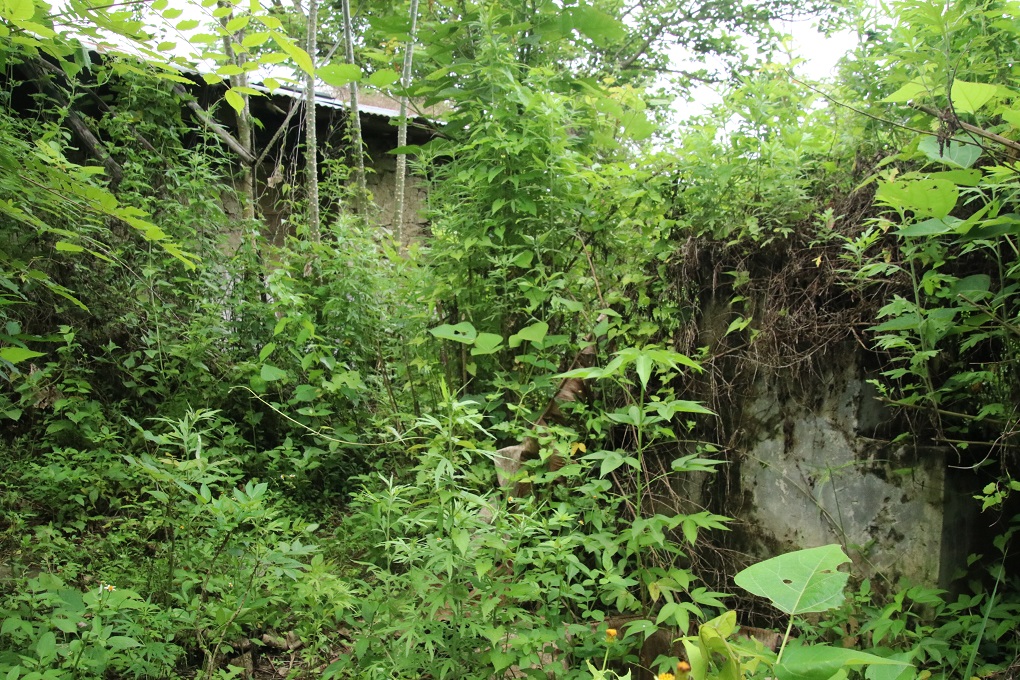
Erodes social fabric
“As a young girl I witnessed five households from my village abandon their houses and leave for towns,” said 36-year-old Kinga Choden, who lives in Bongzor, Trashigang. The 15-household village has a road, electricity and other basic amenities, but this has not attracted people to return.
“It has been more than 15 years since they left but none have returned,” said Choden. She added that the empty houses make those left behind unhappy, as they remember how life used to be.
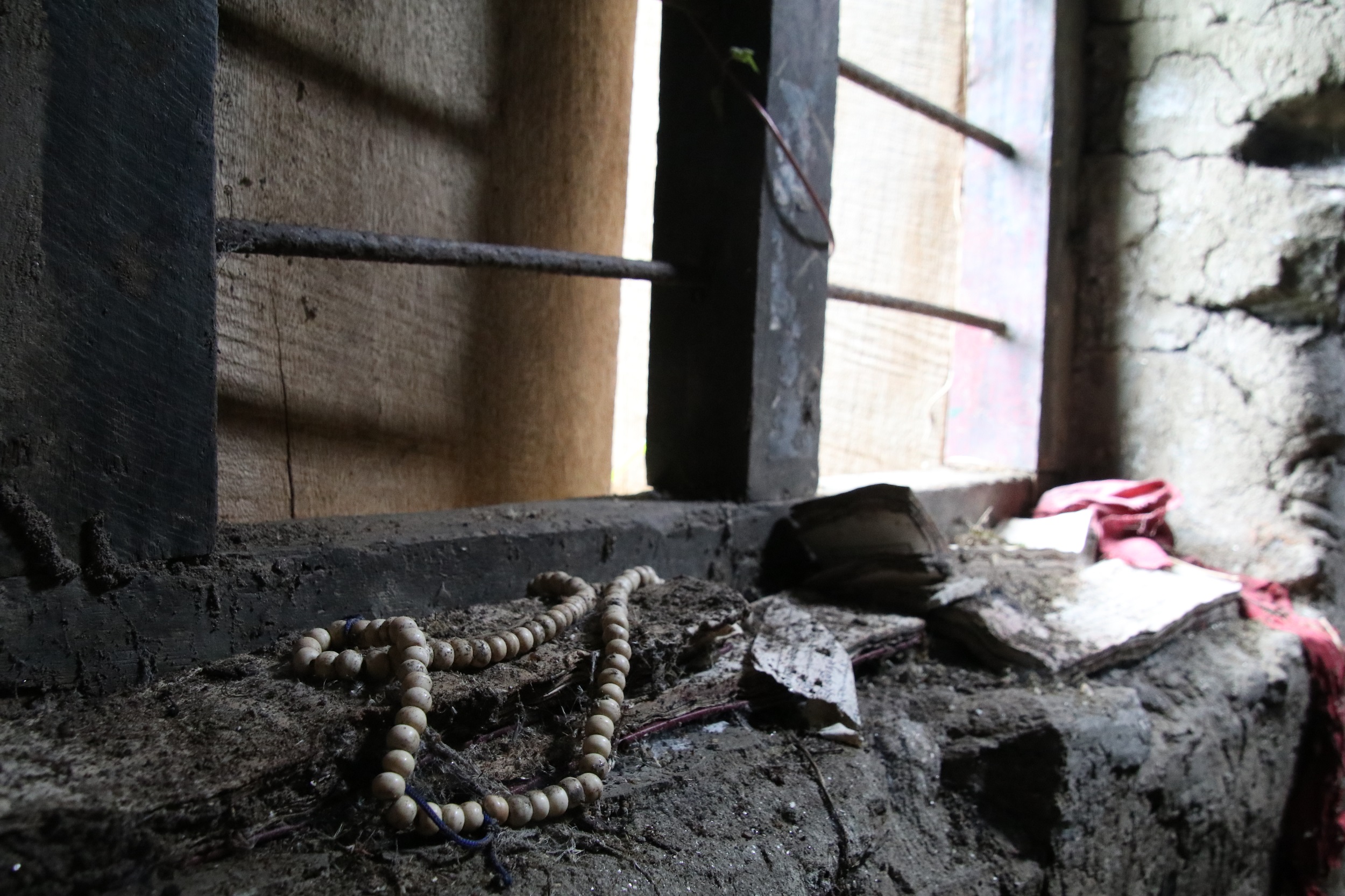
Planned development work is often delayed or cancelled for communities with gungtongs, said a local administration officer at Nichula, a gewog in Dagana. This is because of the limited number of beneficiaries, manpower and inability to contribute to volunteer works. Every development grant for a road, electricity or water project is approved based on the number of people in a village or community, the officer said.
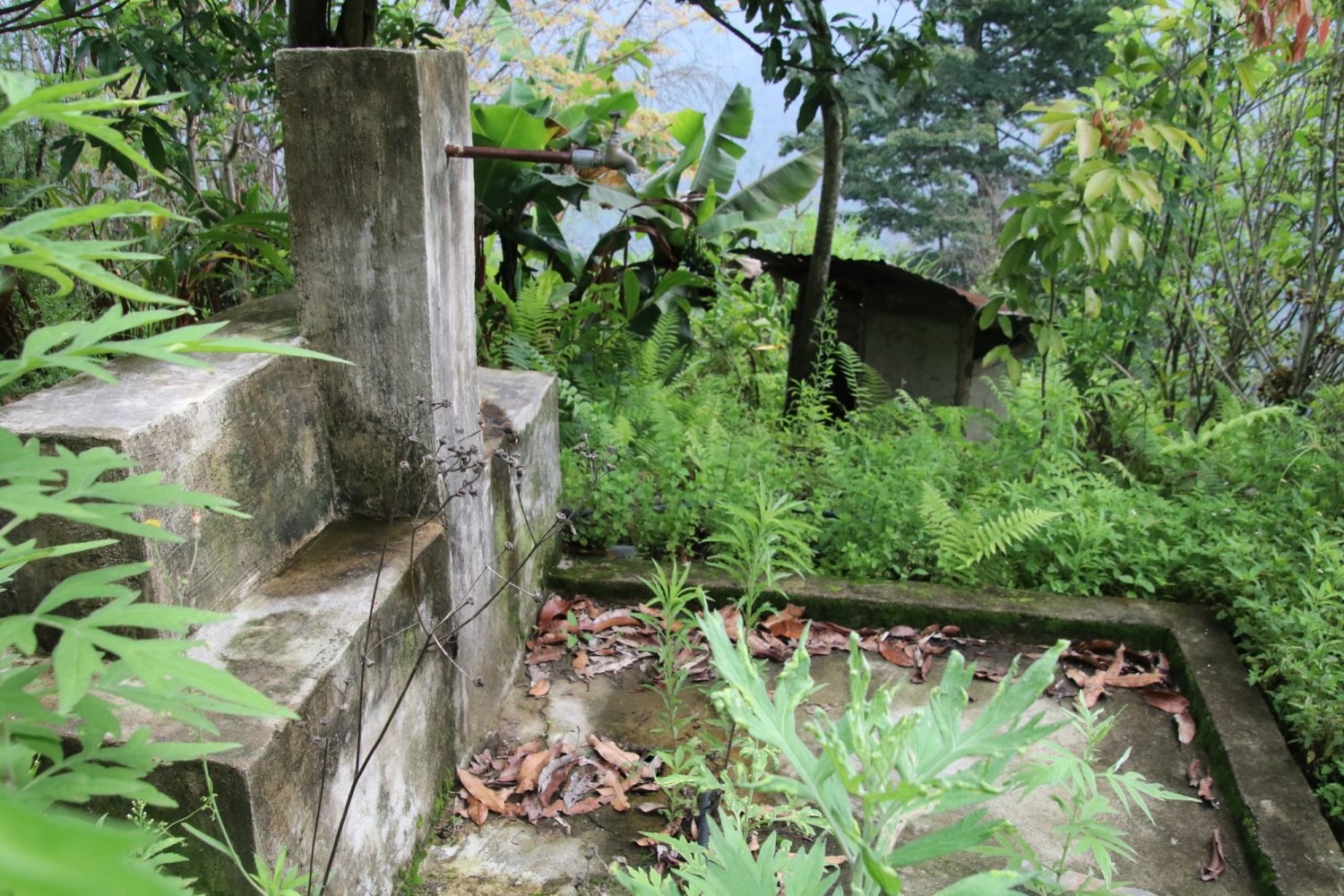
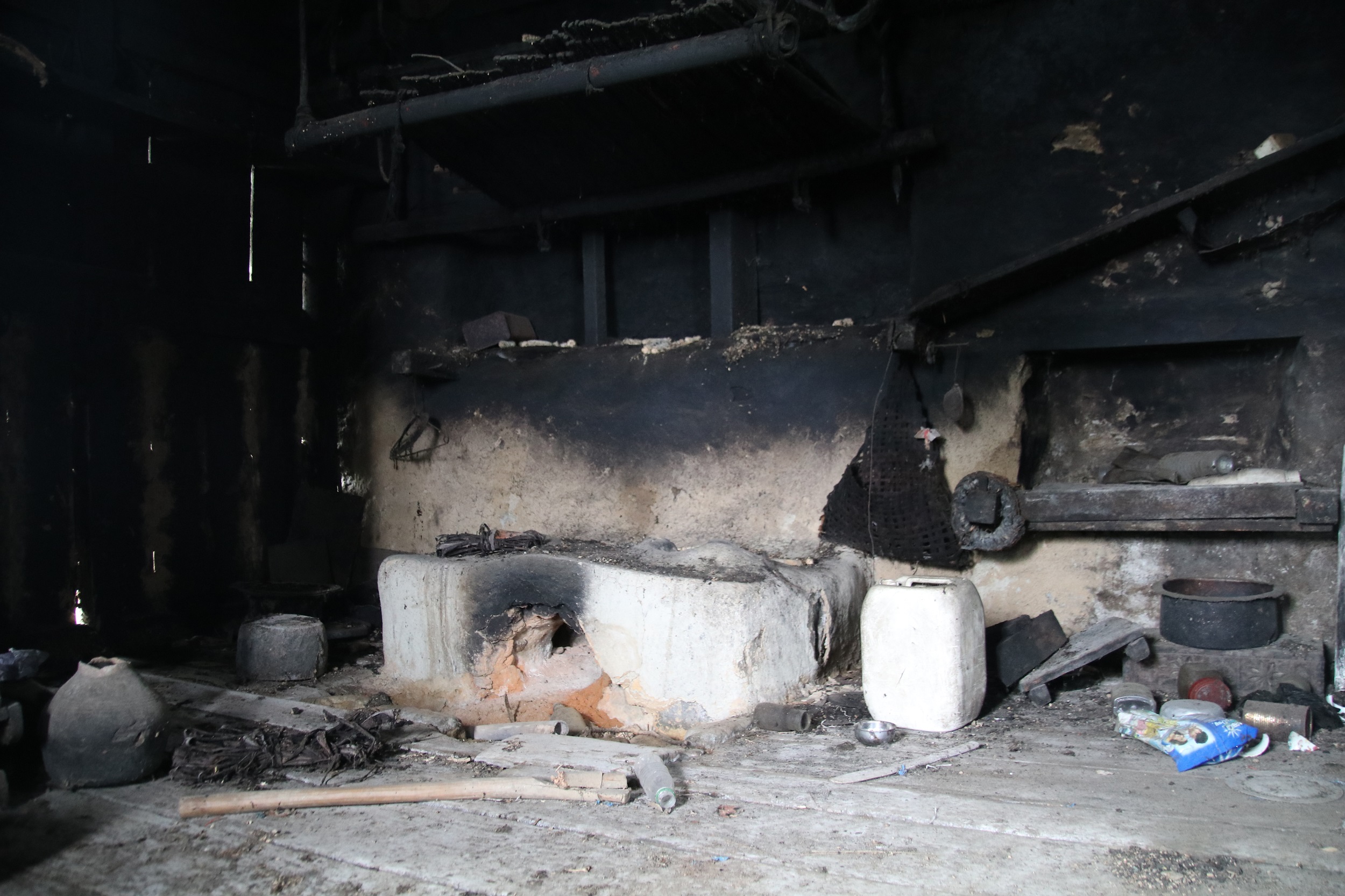
Will people return?
Changko is 52 and lives in the capital, Thimphu. He has not been back to his village in Mongar in nearly 30 years. When his parents passed away, they left him the house and some farmland.
“I got a government job and since there is no one to call family back in the village, I couldn’t go,” Changko said. “However, I wish to return home after my retirement, renovate the house and live there.”
His house will remain locked for years until he reaches the state retirement age, which is 58 in Bhutan.

![<p>An empty traditional house, which has been locked up for more than 15 years [image by: Dawa Gyelmo]</p>](https://dialogue.earth/content/uploads/2020/09/An-empty-traditional-house-which-has-been-locked-up-for-more-than-15-years-in-Dagepela-Dagana-1.jpg)


